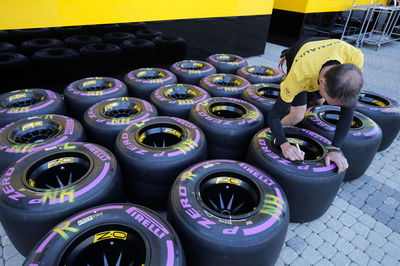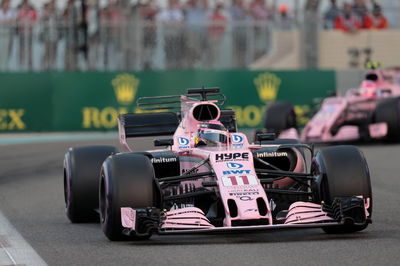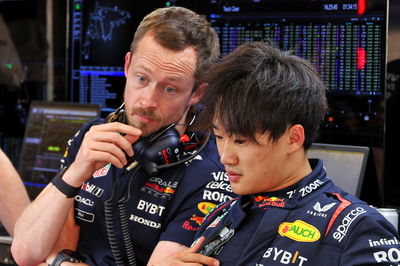Pirelli: 2017 F1 tyres were conservative for a reason
Pirelli motorsport chief Mario Isola says its reasons behind producing conservative tyre compounds in 2017 was based on minimising risk during the regulations overhaul seen in F1.
As part of last year’s technical regulations shake-up, Pirelli was given the criteria of bigger tyres in order to contribute to the overall goal of more aggressive-looking cars with quicker lap times. Having taken on a new challenge and tyre development philosophy, Isola says it was vital Pirelli took a steady approach to build a base understanding of the new tyres.

Pirelli motorsport chief Mario Isola says its reasons behind producing conservative tyre compounds in 2017 was based on minimising risk during the regulations overhaul seen in F1.
As part of last year’s technical regulations shake-up, Pirelli was given the criteria of bigger tyres in order to contribute to the overall goal of more aggressive-looking cars with quicker lap times. Having taken on a new challenge and tyre development philosophy, Isola says it was vital Pirelli took a steady approach to build a base understanding of the new tyres.
Towards the end of the 2017 F1 season, Pirelli came under fire for being too conservative with its tyres as a number of races were completed with drivers getting through a race on just one pit stop. Isola accepts the short term criticisms had to be hurdled in order to continue its long term development programme with a higher degradation rate expected from the 2018 compounds thanks to its softer tyre ranges - including the new Hypersoft tyres.
“Last year’s tyres in my opinion were working quite well with the target to develop tyres that are less conservative,” Isola told Crash.net. “Last year we were conservative but for a number of reasons; new tyres, new sizes, new demands and the expected performance was quite quick. So that is why we decided to be a bit conservative.
“We also used a completely new compound because in 2016 we were developing tyres in two compounds, the old family tried to develop the older concept of compounds and the new family of compounds was completely new in terms of materials, ingredients and processes. This new family has a huge potential but we had limited information so I think we were quite brave to introduce the new family of compounds.
“We’ve been conservative, it is true, and now we know we can move softer and have more flexibility with what compounds are available and I’m sure we’re going in the right direction.”
Isola has predicted further lap time gains in 2018 of around one second, coupling tyre improvements with F1 team car developments, which could reach up to 1.5 seconds towards the end of the season.
“The total lap time will be more or less one second or a bit more quicker than last year but there is always contributions from the development of the cars,” he said. “We are moving all ranges one step softer and expect to have quick lap times from that, this is normal.
“Teams are estimating the development of the cars in the range of one second so putting the two together we should be one second to one-and-a-half second quicker. We’ll see during the pre-season testing in Barcelona but this is our current estimation.”











